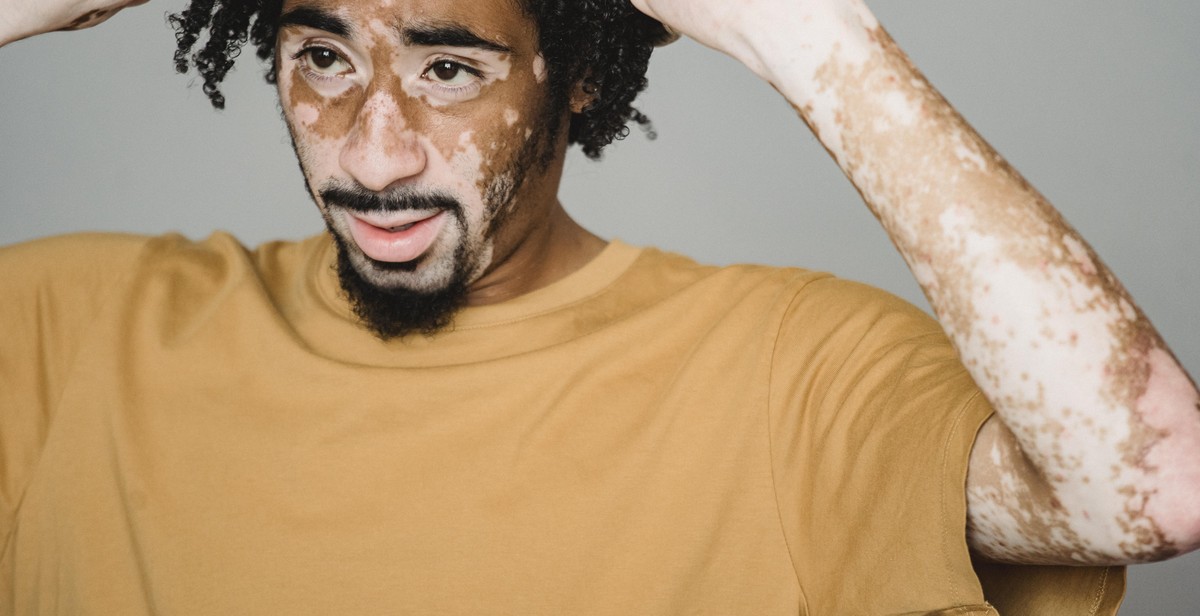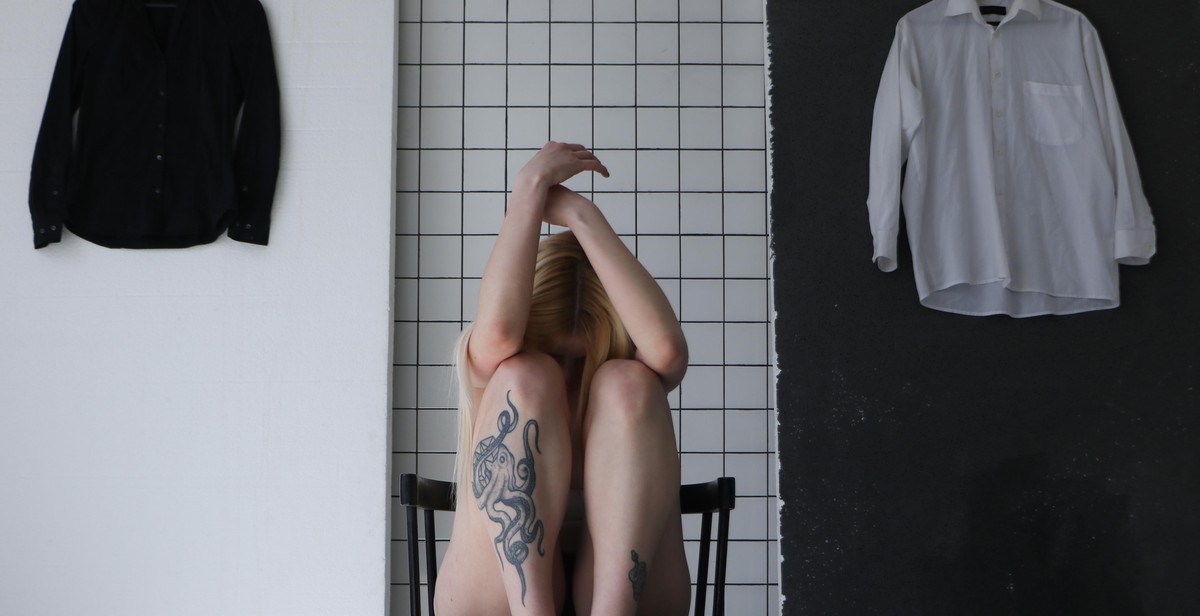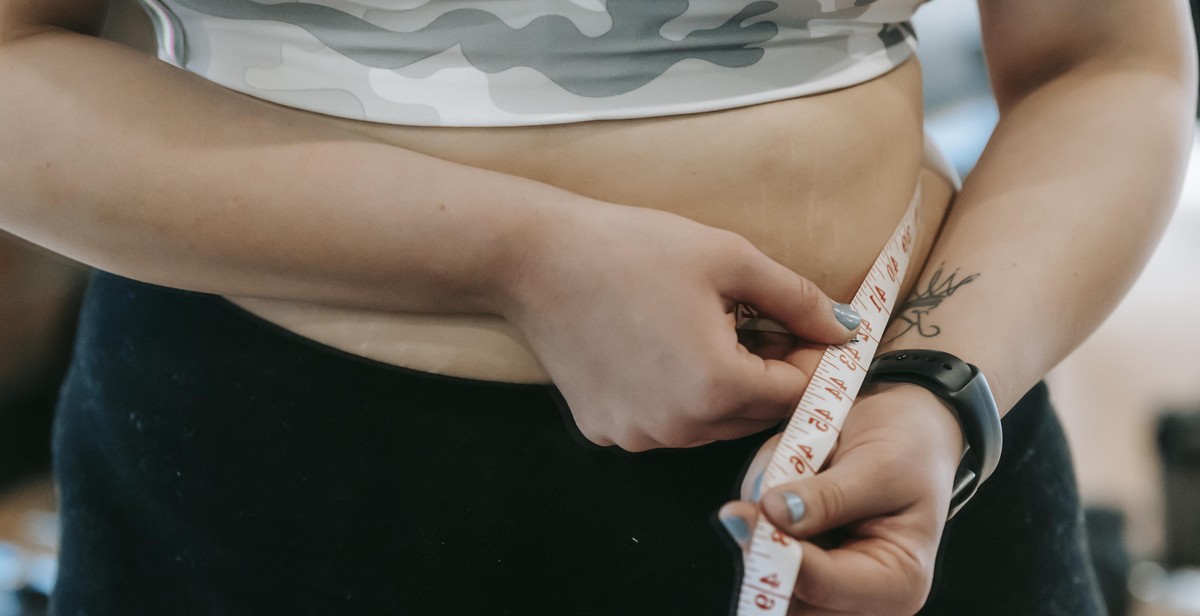Body Dysmorphic Disorder: Understanding and Managing Distorted Self-Image
Body Dysmorphic Disorder (BDD) is a mental health condition that affects millions of people worldwide. It is characterized by a distorted self-image and obsessive thoughts about one’s appearance. Individuals with BDD often spend hours each day obsessing over perceived flaws in their appearance, which can severely impact their quality of life.
Defining Body Dysmorphic Disorder
BDD is classified as an obsessive-compulsive disorder (OCD) and is closely related to other body-focused repetitive behaviors, such as skin picking and hair pulling. It affects people of all ages, genders, and backgrounds, and can be a debilitating condition if left untreated.
Some common symptoms of BDD include:
- Constantly checking one’s appearance in mirrors or other reflective surfaces
- Excessive grooming or primping
- Avoiding social situations or activities because of appearance concerns
- Seeking reassurance from others about one’s appearance
My Personal Experience with BDD
As someone who has struggled with BDD, I understand firsthand how challenging it can be to manage. For years, I obsessed over perceived flaws in my appearance and felt like I could never measure up to society’s standards of beauty. It wasn’t until I sought professional help that I was able to start working through my distorted self-image and learn healthy coping strategies.
In this article, I will share some of the insights I have gained through my personal experience with BDD, as well as provide tips and resources for managing this condition.

Symptoms of Body Dysmorphic Disorder
Body Dysmorphic Disorder (BDD) is a mental health condition where a person obsesses over perceived flaws in their appearance that are often minor or not even noticeable to others. The individual may become preoccupied with their appearance and spend hours trying to hide or fix their perceived flaws. This can significantly impact their daily life and cause distress and anxiety.
Obsessive thoughts about appearance
People with BDD may have obsessive thoughts about their appearance that can be difficult to control. They may constantly check their appearance in mirrors or other reflective surfaces, or avoid looking at themselves altogether. They may also compare themselves to others and feel inferior or inadequate.
Compulsive behaviors related to appearance
Individuals with BDD may engage in compulsive behaviors related to their appearance. This can include excessive grooming, such as hair plucking or skin picking, or constantly seeking reassurance from others about their appearance. They may also spend a significant amount of time and money on cosmetic procedures or products in an attempt to fix their perceived flaws.
Avoidance of social situations due to appearance concerns
People with BDD may avoid social situations or activities that draw attention to their appearance. This can include avoiding social gatherings, dating, or even leaving the house altogether. They may also feel self-conscious and anxious in public and may go to great lengths to hide their perceived flaws.
It is important to note that while many people may feel self-conscious or unhappy with certain aspects of their appearance, BDD is characterized by the severity and impact of these thoughts and behaviors on daily life. If you or someone you know is experiencing symptoms of BDD, it is important to seek professional help.

Causes of Body Dysmorphic Disorder
Body Dysmorphic Disorder (BDD) is a mental health condition characterized by a distorted self-image and obsessive thoughts about perceived flaws in one’s appearance. While the exact cause of BDD is not yet fully understood, research has identified several factors that may contribute to the development of this disorder.
Genetic factors
Research has shown that genetics may play a role in the development of BDD. Studies have found that individuals with a family history of BDD or obsessive-compulsive disorder (OCD) are more likely to develop BDD themselves. In addition, certain genes may be associated with an increased risk of developing BDD.
Environmental factors
Environmental factors such as childhood experiences, societal pressures, and cultural norms may also contribute to the development of BDD. Individuals who have experienced trauma or abuse, or who have been exposed to unrealistic beauty standards or body shaming, may be more likely to develop BDD.
Social media and the internet have also been identified as potential environmental factors that may contribute to the development of BDD. The constant exposure to images of “perfect” bodies and faces can lead to feelings of inadequacy and a distorted self-image.
Other factors
Other factors that may contribute to the development of BDD include neurotransmitter imbalances, brain structure and function, and personality traits such as perfectionism and neuroticism.
It is important to note that BDD is a complex disorder with multiple factors contributing to its development. While genetics and environmental factors may increase the risk of developing BDD, it is not yet fully understood how these factors interact with each other to cause this disorder.
| Factors | Description |
|---|---|
| Genetic factors | Family history of BDD or OCD |
| Environmental factors | Childhood experiences, societal pressures, and cultural norms |
| Other factors | Neurotransmitter imbalances, brain structure and function, personality traits |

Diagnosis of Body Dysmorphic Disorder
Body Dysmorphic Disorder (BDD) is a mental health condition that causes a person to have a distorted self-image. People with BDD are preoccupied with perceived flaws or defects in their appearance, which can lead to significant distress and impairment in daily functioning. To diagnose BDD, mental health professionals use the criteria outlined in the Diagnostic and Statistical Manual of Mental Disorders, Fifth Edition (DSM-5).
Diagnostic Criteria for BDD
The DSM-5 diagnostic criteria for BDD include:
- Preoccupation with one or more perceived defects or flaws in physical appearance that are not observable or appear slight to others
- Repetitive behaviors or mental acts in response to the perceived flaws, such as checking, grooming, or seeking reassurance
- The preoccupation causes significant distress or impairment in social, occupational, or other areas of functioning
- The preoccupation is not better explained by concerns with body fat or weight in an individual who meets diagnostic criteria for an eating disorder
- The preoccupation is not better explained by an obsession with perceived flaws or defects in the appearance of someone else
- The preoccupation is not due to a medical condition or substance use
Differential Diagnosis
When diagnosing BDD, it’s important to rule out other mental health conditions that may have similar symptoms. Some conditions that may be considered in the differential diagnosis of BDD include:
- Obsessive-compulsive disorder (OCD)
- Social anxiety disorder
- Major depressive disorder
- Eating disorders
- Schizophrenia
It’s also important to rule out any medical conditions that may be causing the perceived flaws or defects in appearance. This may involve a physical examination or referral to a medical specialist.
| Condition | Similar Symptoms to BDD |
|---|---|
| Obsessive-compulsive disorder (OCD) | Repetitive behaviors or mental acts in response to perceived flaws |
| Social anxiety disorder | Avoidance of social situations due to perceived flaws |
| Major depressive disorder | Low self-esteem and negative body image |
| Eating disorders | Preoccupation with body weight and shape |
| Schizophrenia | Delusions or hallucinations related to appearance |

Treatment Options for Body Dysmorphic Disorder
Body Dysmorphic Disorder (BDD) is a mental health condition that can be effectively treated with a combination of therapy, medication, and support groups.
Cognitive-behavioral therapy
Cognitive-behavioral therapy (CBT) is a type of therapy that helps individuals with BDD to identify and challenge negative thoughts and beliefs about their appearance. CBT can help individuals learn to replace negative thoughts with positive and realistic ones. This therapy can also help individuals develop coping strategies to manage their symptoms. CBT is considered the most effective treatment for BDD.
Medications
Antidepressants such as selective serotonin reuptake inhibitors (SSRIs) and tricyclic antidepressants (TCAs) are often prescribed to individuals with BDD. These medications can help reduce obsessive thoughts and compulsive behaviors associated with BDD. However, medication alone is not sufficient for treating BDD and should be used in conjunction with therapy.
Support groups
Support groups can provide individuals with BDD a safe and supportive environment to share their experiences and feelings with others who understand what they are going through. Support groups can also provide individuals with BDD with practical advice and coping strategies. It is important to find a support group that is specifically for individuals with BDD, as this can provide a more focused and targeted approach to treatment.
| Treatment Option | Description |
|---|---|
| Cognitive-behavioral therapy | Helps individuals identify and challenge negative thoughts and beliefs about their appearance. Develops coping strategies to manage symptoms. |
| Medications | Antidepressants such as SSRIs and TCAs can help reduce obsessive thoughts and compulsive behaviors associated with BDD. Used in conjunction with therapy. |
| Support groups | Provides individuals with a safe and supportive environment to share experiences and feelings. Offers practical advice and coping strategies. |

Living with Body Dysmorphic Disorder
As someone who has been living with Body Dysmorphic Disorder (BDD) for several years, I know firsthand the challenges and difficulties that come with this condition. BDD is a mental health disorder characterized by a distorted self-image and obsessive preoccupation with perceived flaws in one’s appearance. It can cause significant distress and interfere with daily life.
Self-care strategies
Self-care is essential when living with BDD. Here are some strategies that have worked for me:
- Practice mindfulness and meditation to help manage obsessive thoughts and anxiety
- Engage in regular exercise, which can boost mood and improve body image
- Surround yourself with supportive friends and family who understand your struggles
- Seek professional help, such as therapy or medication, if needed
Challenges
Living with BDD can be challenging, especially when it comes to relationships and daily activities. It can be difficult to maintain social connections and pursue hobbies or interests. Additionally, shopping for clothes or looking in mirrors can be a triggering experience. It’s important to recognize these challenges and work to overcome them.
Coping mechanisms
There are several coping mechanisms that can be helpful when living with BDD:
- Practice self-compassion and challenge negative self-talk
- Avoid seeking reassurance from others about your appearance
- Engage in activities that bring joy and fulfillment, such as volunteering or creating art
- Acknowledge and challenge distorted thoughts and beliefs about your appearance
| Remember: | You are not alone in your struggles with BDD. Seeking support and practicing self-care can help you manage this condition and lead a fulfilling life. |
|---|
